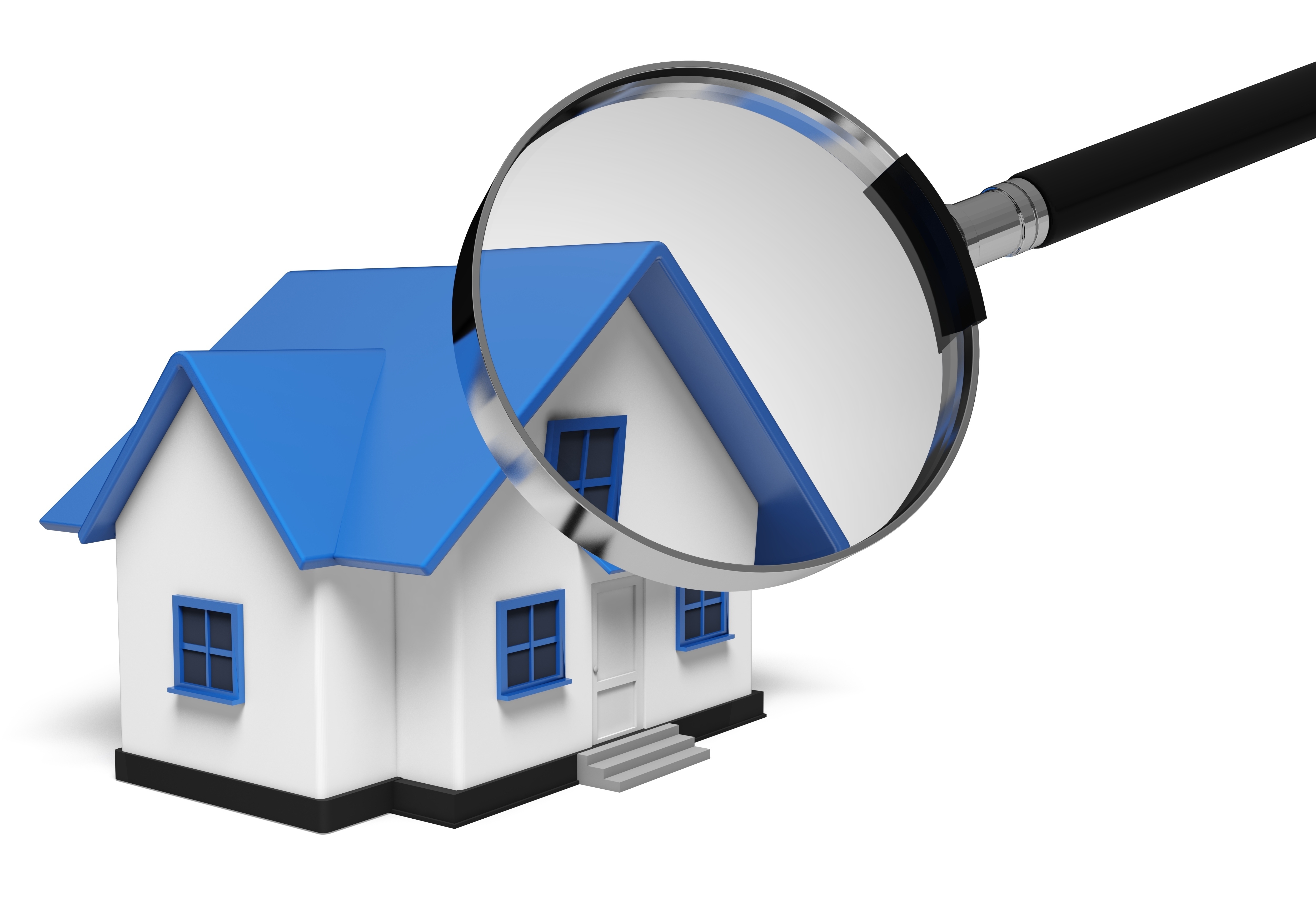
Making Sense of the Appraisal ProcessPurchasing a home can be the most important investment some might ever encounter. It doesn't matter if where you raise your family, a second vacation property or a rental fixer upper, the purchase of real property is a detailed financial transaction that requires multiple people working in concert to see it through. Most people are familiar with the parties taking part in the transaction. The real estate agent is the most familiar face in the exchange. Next, the mortgage company provides the money necessary to fund the exchange. The title company makes sure that all areas of the exchange are completed and that a clear title transfers to the buyer from the seller. So, what party makes sure the property is worth the amount being paid? In comes the appraiser. We provide an unbiased estimate of what a buyer could expect to pay — or a seller receive — for a property, where both buyer and seller are informed parties. A licensed, certified, professional appraiser from Red Bird Real Appraisals will ensure, you as an interested party, are informed. Appraisals start with the inspectionTo determine the true status of the property, it's our responsibility to first complete a thorough inspection. We must see features hands on, such as the number of bedrooms and bathrooms, the location, living areas, etc, to ensure they really exist and are in the shape a reasonable buyer would expect them to be. To ensure the stated size of the property is accurate and describe the layout of the property, the inspection often includes creating a sketch of the floorplan. Most importantly, the appraiser looks for any obvious amenities - or defects - that would affect the value of the property. Following the inspection, we use two or three approaches to determining the value of real property: a sales comparison, a replacement cost calculation, and an income approach when rental properties are prevalent. 
Cost ApproachThis is where we analyze information on local building costs, labor rates and other elements to figure out how much it would cost to replace the property being appraised. This estimate commonly sets the upper limit on what a property would sell for. The cost approach is also the least used method. 
Analyzing Comparable SalesAppraisers get to know the neighborhoods in which they appraise. They innately understand the value of particular features to the residents of that area. Then, the appraiser researches recent transactions in the vicinity and finds properties which are 'comparable' to the home being appraised. Using knowledge of the value of certain items such as square footage, additional bathrooms, hardwood floors, fireplaces or view lots (just to name a few), we add or subtract from each comparable's sales price so that they are more accurately in line with the features of subject.
After all differences have been accounted for, the appraiser reconciles the adjusted sales prices of all the comps and then derives an opinion of what the subject could sell for. When it comes to valuing features of homes in Simpsonville and Greenville, Red Bird Real Appraisals is second to none. This approach to value is typically awarded the most consideration when an appraisal is for a real estate sale. Valuation Using the Income ApproachIn the case of income producing properties - rental houses for example - we may use a third approach to value. In this situation, the amount of income the property generates is taken into consideration along with income produced by neighboring properties to give an indicator of the current value. ReconciliationExamining the data from all approaches, the appraiser is then ready to state an estimated market value for the subject property. The estimate of value on the appraisal report is not necessarily what's being paid for the property even though it is likely the best indication of what a property is worth. It's not uncommon for prices to be driven up or down by extenuating circumstances like the motivation or urgency of a seller or 'bidding wars'. But the appraised value is typically employed as a guideline for lenders who don't want to loan a buyer more money than they could get back in the event they had to put the property on the market again. The bottom line is, an appraiser from Red Bird Real Appraisals will guarantee you get the most accurate property value, so you can make the most informed real estate decisions. |